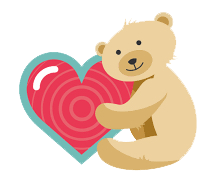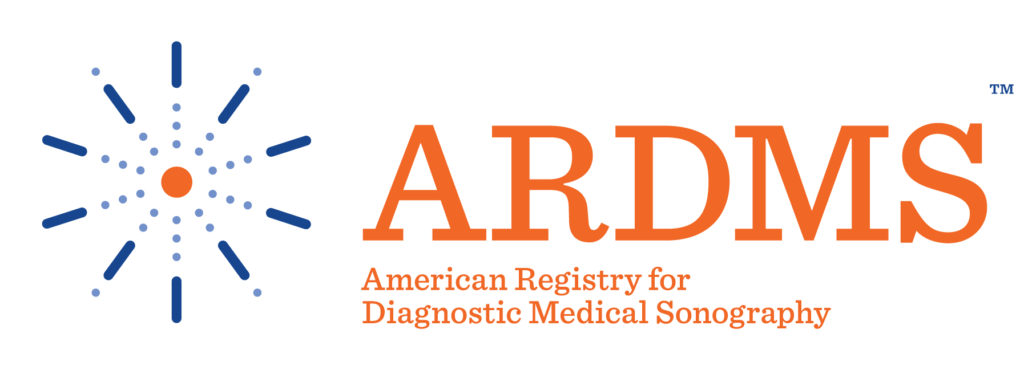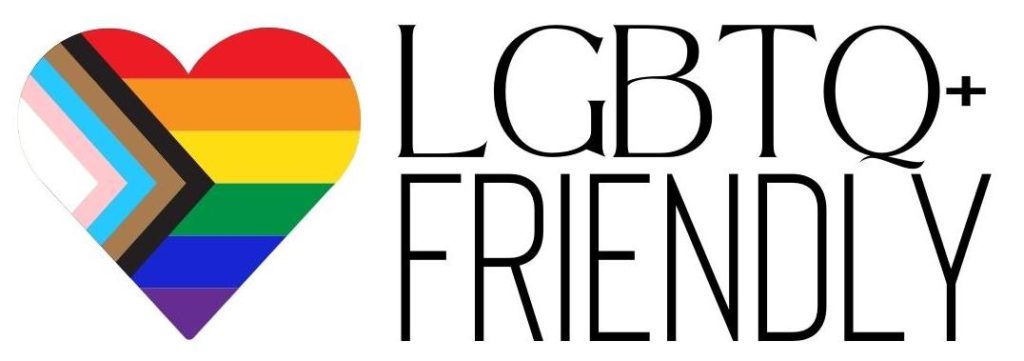Fetal Development
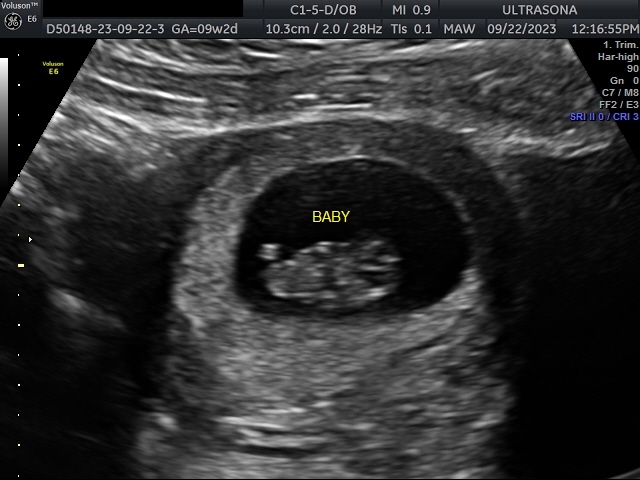
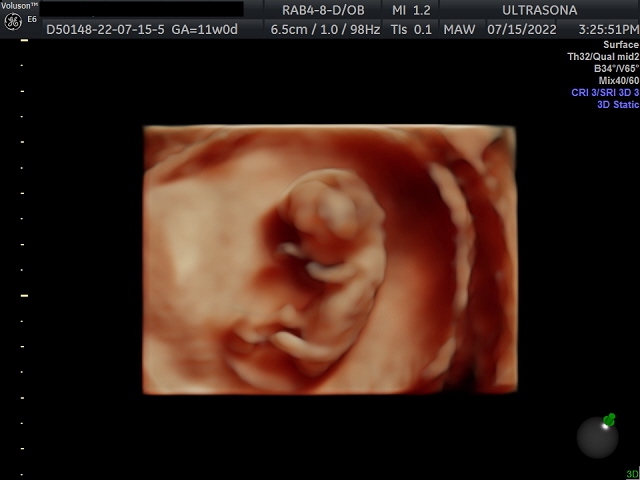
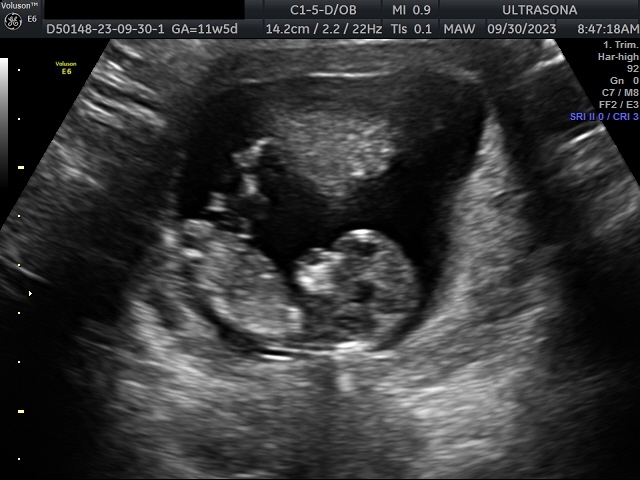
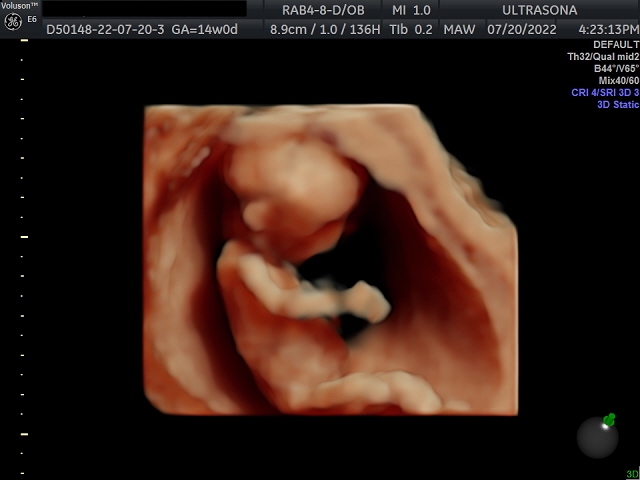
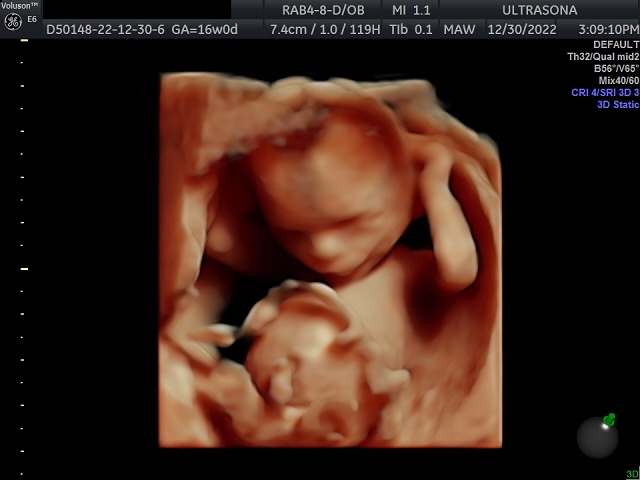
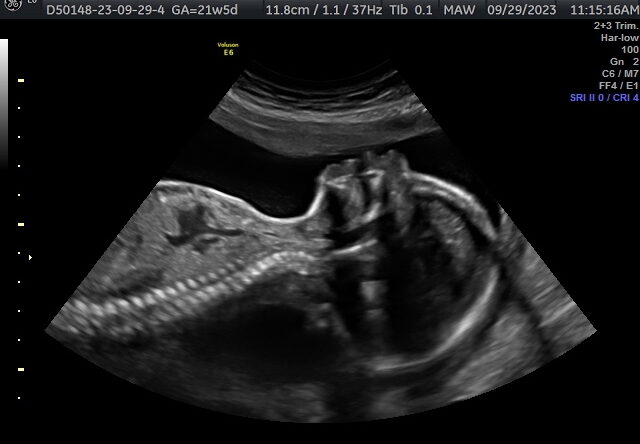
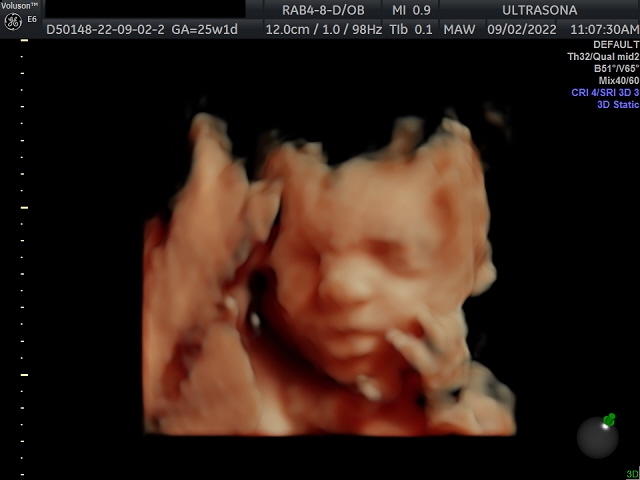
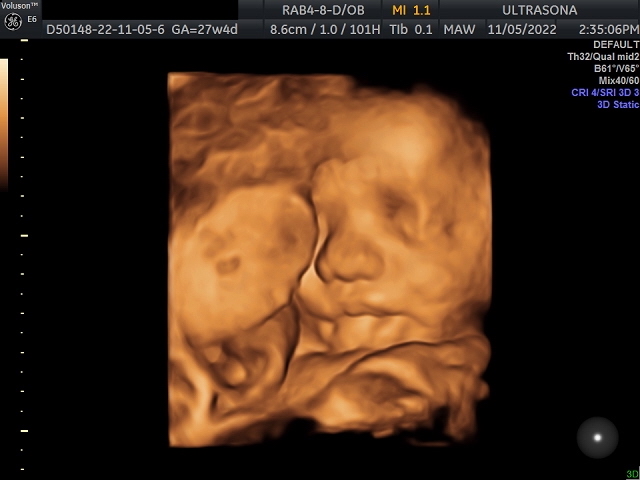
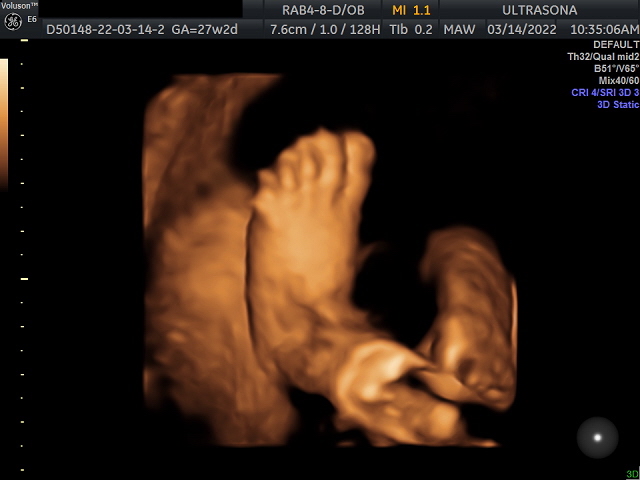
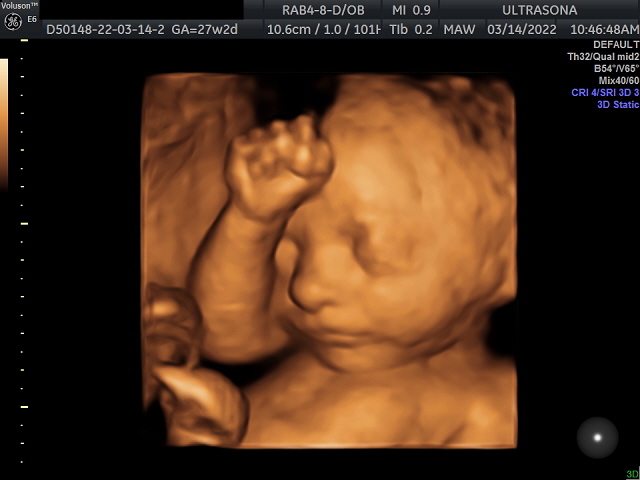
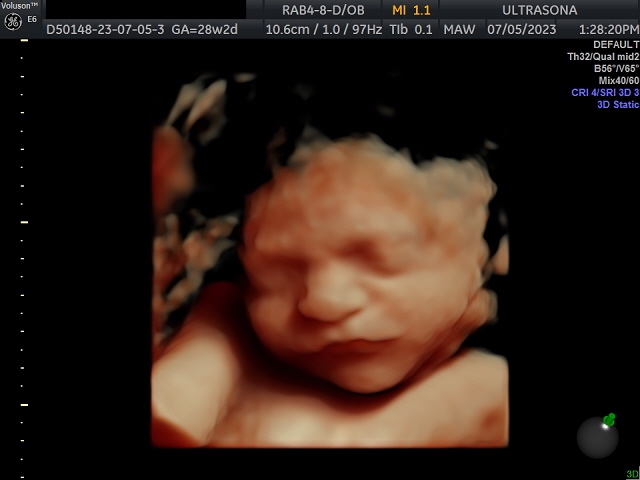
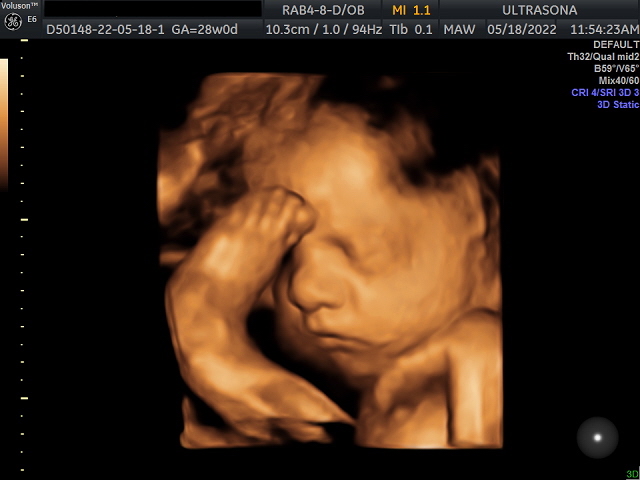
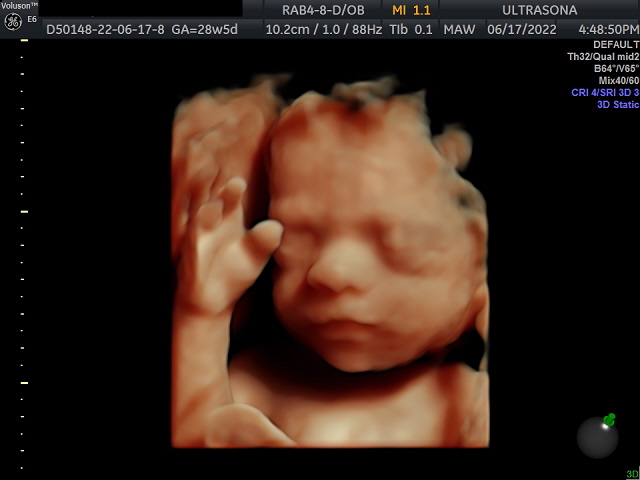
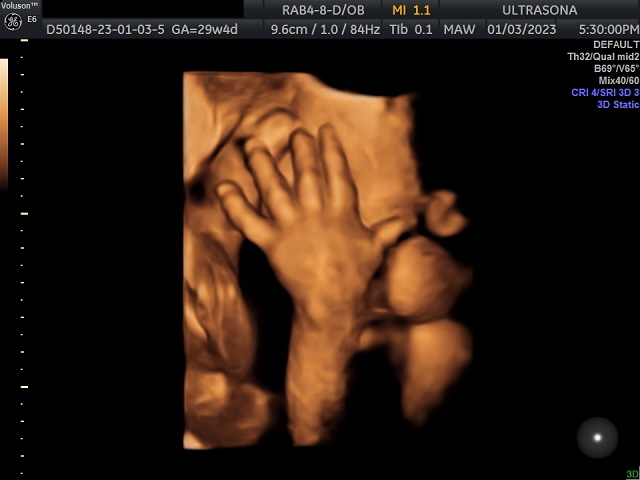
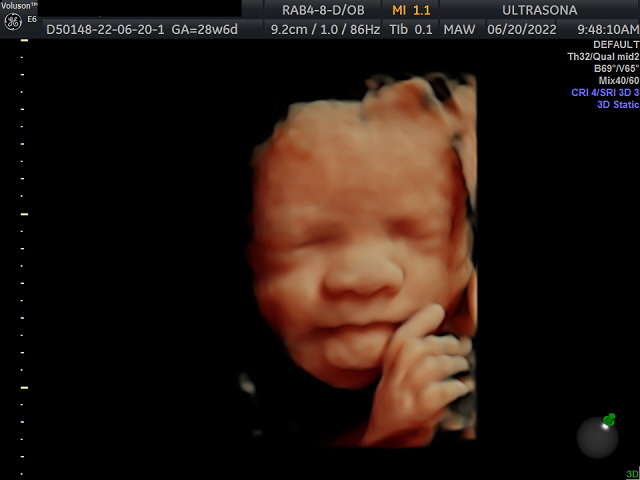
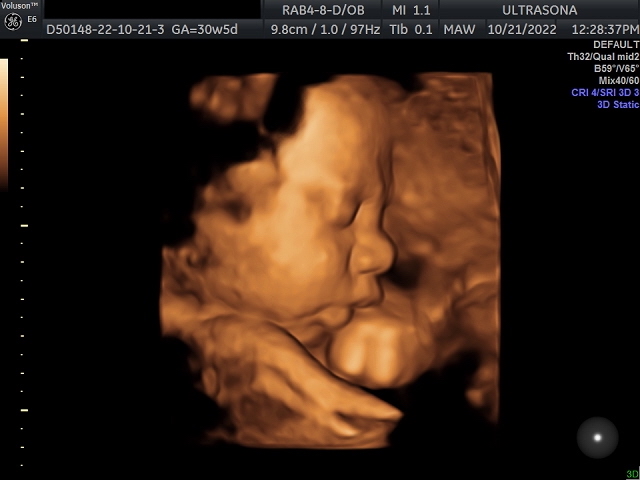
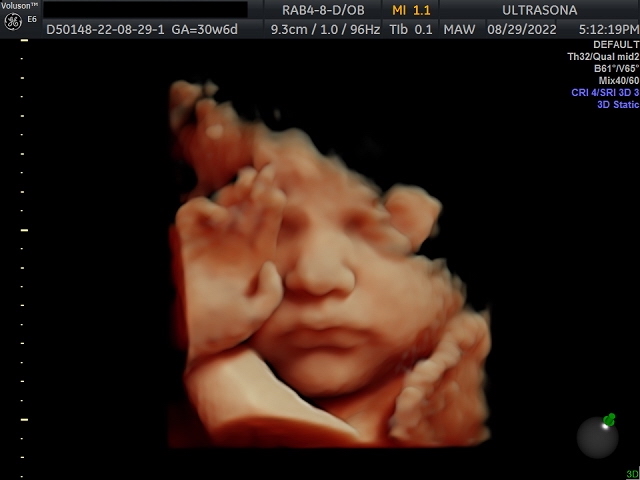
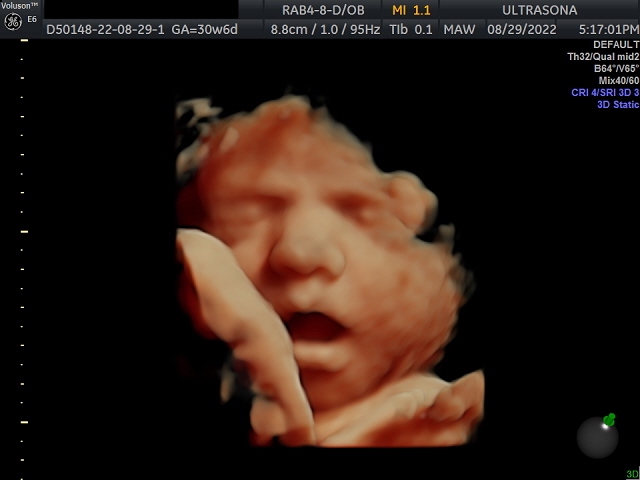
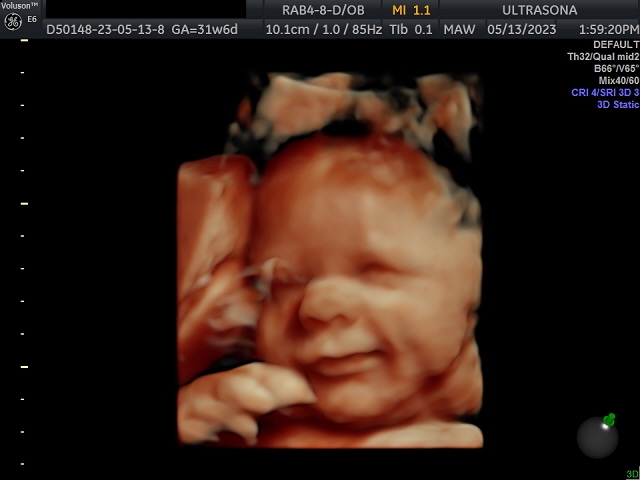
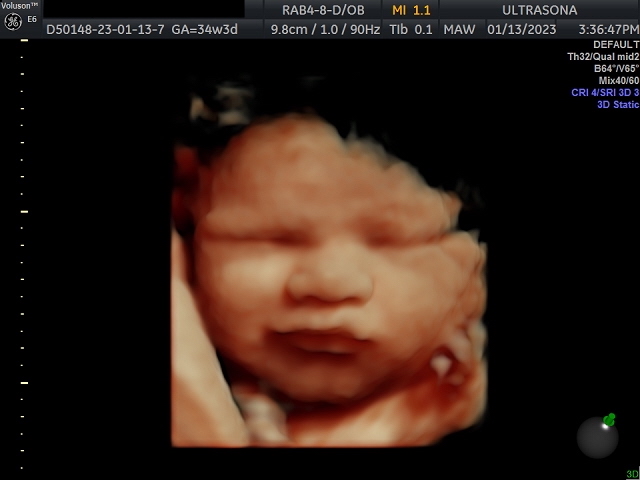

As the fertilized egg grows, a water-tight sac forms around it, gradually filling with fluid. This is called the amniotic sac, and it helps cushion the growing embryo.
During this time, the placenta also develops. The placenta is a round, flat organ that transfers nutrients from the mother to the fetus, and transfers wastes from the fetus. Think of the placenta as a food source for the fetus throughout your pregnancy.
In these first few weeks, a primitive face will take form with large dark circles for eyes. The mouth, lower jaw and throat are developing. Blood cells are taking shape, and circulation will begin. The tiny “heart” tube will beat 65 times a minute by the end of the fourth week.
By the end of the first month, the fetus is about 1/4 inch long – smaller than a grain of rice.
Facial features continue to develop. Each ear begins as a little fold of skin at the side of the head. Tiny buds that eventually grow into arms and legs are forming. Fingers, toes and eyes are also forming.
The neural tube (brain, spinal cord and other neural tissue of the central nervous system) is well formed now. The digestive tract and sensory organs begin to develop too. Bone starts to replace cartilage.
The head is large in proportion to the rest of the body at this point. At about 6 weeks, a heartbeat can usually be detected.
After the 8th week, healthcare providers refer to it as a fetus instead of an embryo.
By the end of the second month, the fetus is about 1 inch long and weighs about 1/30 of an ounce.
The arms, hands, fingers, feet and toes are fully formed. At this stage, the fetus is starting to explore a bit by doing things like opening and closing its fists and mouth. Fingernails and toenails are beginning to develop and the external ears are formed. The beginnings of teeth are forming under the gums. The reproductive organs also develop, but gender is still difficult to distinguish on ultrasound.
By the end of the third month, the fetus is fully formed. All the organs and limbs (extremities) are present and will continue to develop in order to become functional. The circulatory and urinary systems are also working and the liver produces bile.
At the end of the third month, the fetus is about 4 inches long and weighs about 1 ounce.
The fetal heartbeat may now be audible through an instrument called a doppler. The fingers and toes are well-defined. Eyelids, eyebrows, eyelashes, nails and hair are formed. Teeth and bones become denser. The fetus can even suck his or her thumb, yawn, stretch and make faces.
The nervous system is starting to function. The reproductive organs and genitalia are now fully developed, and your doctor can see on ultrasound if the fetus will be designated male or female at birth.
By the end of the fourth month, the fetus is about 6 inches long and weighs about 4 ounces.
During the fifth month, the baby is growing rapidly and is becoming much more active as the muscles are being strengthened. The baby sleeps and wakes at regular intervals. It is likely that you will feel movement at this time. The internal organs are maturing, and fat is being stored beneath the skin. Body hair is beginning to grow, and the skin is covered with vernix, a protective covering. Fingernails reach the tips of the fingers. Tonsils are developed, and milk teeth begin forming under the baby’s gums. The baby’s gall bladder begins producing the bile required for digestion. By the end of this month, the baby will be 8-12 inches long and weigh between ½ and 1 pound!
During the sixth month, the brain is in a period of rapid development. The baby’s skin is wrinkled, red and covered with a vernix covering. Eyelashes and eyebrows are well formed. The bones are becoming solid. The eyelids part and begin to open. Toenails begin to grow. The baby is able to hiccup. Brown fat, which keeps the baby warm at birth, is forming. The baby is almost fully formed, but the lungs are not yet fully developed. By the end of this month, the baby will be 11-14 inches and weigh about 1½ to 2 pounds.
During the seventh month, the baby can hear over mom’s heartbeat and can also sense light changes. Taste buds have developed. The organs are maturing, and fat layers are forming. The baby exercises by kicking and stretching. If born now, the baby has a good chance of survival. At the end of the month, the baby will be about 15 inches long and weigh 2 to 2½ pounds.
During the eighth month, the baby’s overall growth is rapid. Tremendous brain growth continues as it forms its different regions. The brain and nerves are directing bodily functions. The kidneys are mature. The skin is less wrinkled.
The baby can hiccup, cry and taste. In boys, the testicles have dropped from his abdomen. The baby is too big to move around much but can kick strong enough to be seen from the outside. At the end of this month, the baby will be about 16-18 inches long and weigh approximately 4 pounds.
During the ninth month, the baby is moving into position for birth by getting head down and tucked into the mother’s pelvis. The skin is becoming pink and smooth, and the lungs are now mature. The baby is gaining about ½ pound each week and is developing sleeping patterns. By the end of this month, your baby will be 19-20 inches long, weigh 6 to 9 pounds and be ready for birth!



